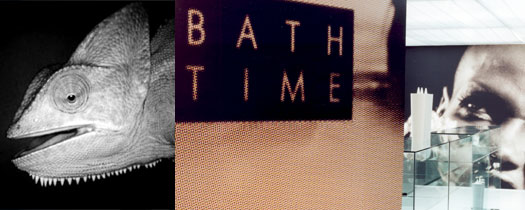
Amongst living beings there are those who live in groups, amongst equals. Others are lone, solitary beings. The equals try very hard to be noticed in the presence of the others – in order to live they need to be one amongst many. The lone ones tend to camouflage themselves against the background, for safety reasons, to surprise their prey. Some are even capable of changing their outward appearance, of transforming their image in a way which suits them most in order to go unnoticed, to blend in with the moment and the place. This is a strategy.
In BT a paradoxical hybridisation has been developed between this strategy and living within a group of stores in a shopping centre. A translucent, interior surface has been chosen which is able to change its light properties like someone who is mirroring the light of day. The varying nature of the surface as the hours go by individualises the space in contrast to its inalterable neighbours, which maintain a constant appearance. This process constructs a repeated retail space of fixed dimensions, but attracts our attention during the morning, along the day and through the night.
The variation of light and its impersonation of daylight become a brand image. Luminous qualities take the place of furniture, objects and names. Identification comes from the atmosphere and not from something tangible.
This time round the animal is characterised by several translucent modular structures in aluminium and polycarbonate which house the whole radiant morass. The minimal L-shape form of these units creates illuminated surrounds covering the walls and ceiling. The way they are fitted is not so important, as they are always adapted to the given space in the store in question, to characteristics such as the store’s ability to control the light which dominates the atmosphere and to draw in passers-by from the outside.
